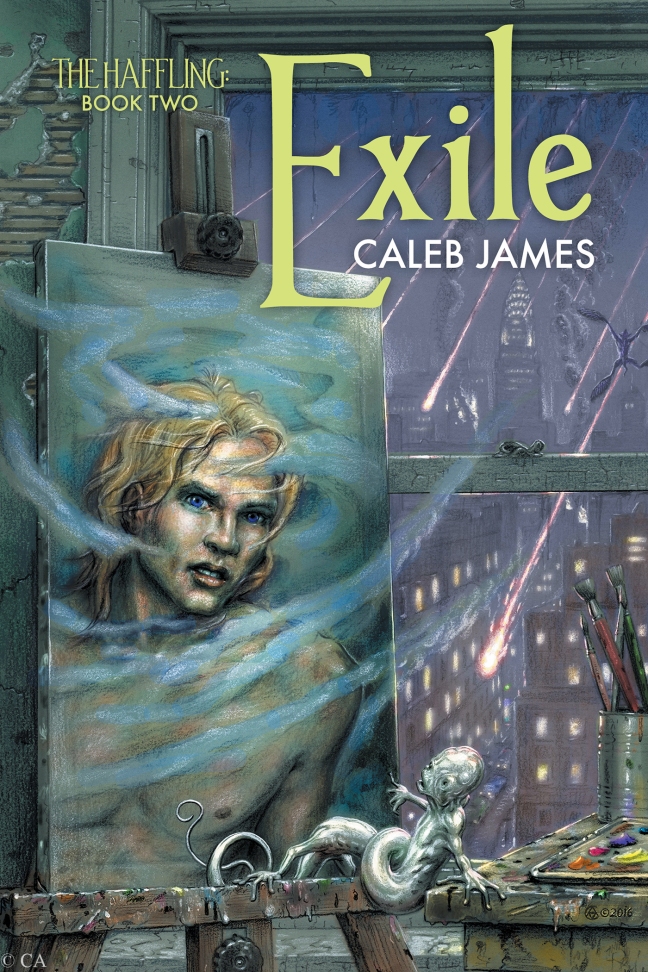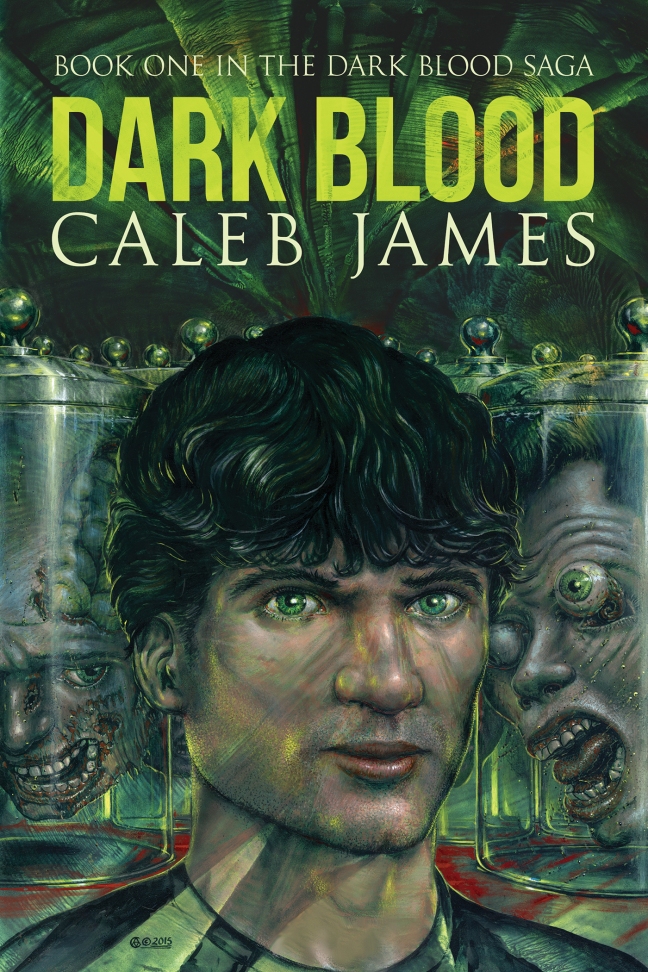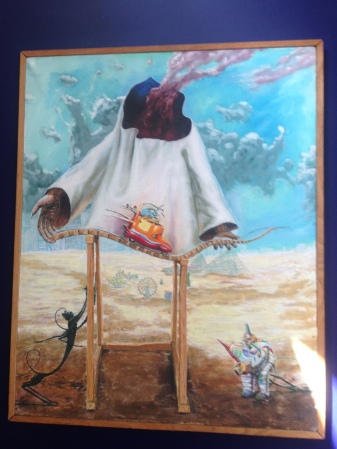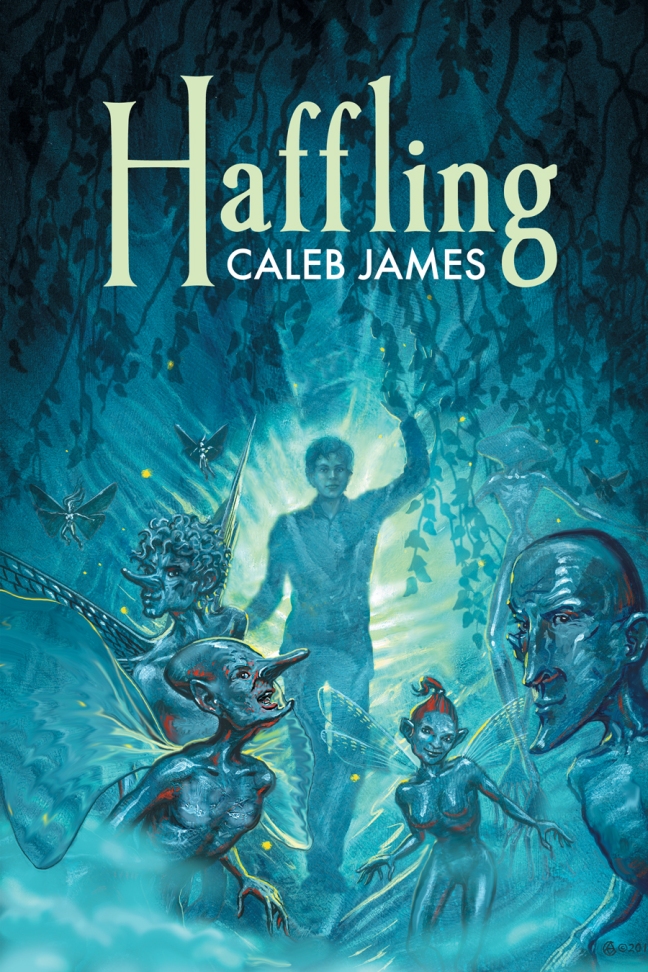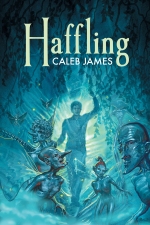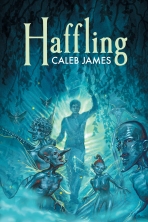First published on the Alpha Book Club Blog
CJ: Dr. Fall, I’d like to thank you for giving me this time, I know your clinical and academic responsibilities make you extraordinarily busy.
RF: My, pleasure, and call me Redmond.
CJ: Excellent, Caleb works for me. So let’s begin. As a psychiatrist with centuries of experience, tell us something about the most-common problems that affect us, from pixie to ogre, and what’s to be done about them.
RF: Fair enough, Caleb. You’d like to know about the meat and potatoes of my day job.
CJ: That’s a human expression. I understand you’re seeing one.
RF: That’s a line of enquiry for another day.
CJ: You’re smiling.
RF: Yes, and if we continue in this vein, I will blush. So back to the day job and all the things that can tip a fey’s kettle. To begin is the massive problem of fairy dust addiction.
CJ: Horrible stuff and so out of control. Dust heads will do anything for their next fix.
RF: It’s the insanity of addiction, it robs them of all morals and compassion. It’s often fatal, and only recently has a cure been found.
CJ: About that, I hear that it’s only offered here at your Center for Fey Development.
RF: Correct.
CJ: Tell me the substance of the cure.
RF: I can’t.
CJ: Hmm. Can’t or won’t, I smell a toad.
RF: I’m allowed my secrets and the contents of the dust cure are proprietary. But I offer it free and all in need are welcome.
CJ: You take nothing in return.
RF: Correct.
CJ: Then I suppose you’re entitled to the secret.
RF: Of course I am. So after dust, let’s see. I’d have to say the next big item, and many with dust addiction have both, is PTSD.
CJ: For the sake of my readers, please clarify what that stands for.
- Post Torture Sadness Disease. It’s a grossly unsatisfying title, but it gets to the heart of what happens to those who’ve endured horrific and traumatic events.
CJ: Please don’t speak her name.
RF: Exactly, ours is a society in need of healing. So many have suffered under the brutal heel of the prior regime. PTSD is the normal response that occurs and it comes with a myriad of symptoms from horrifying flashbacks and nightmares to pustular maggot-filled eruptions.
CJ: I’ve seen those, they’re disgusting. Tell us of the treatment.
RF: While I am a psychiatrist, I also practice surgery as so many of us do. And as any surgeon will tell you, “pus under pressure must be lanced.”
CJ: I’m thinking ick and let’s move on.
RF: As you wish, but while graphic, lancing and cleaning out that which festers below the surface is an apt metaphor for how to heal from PTSD. It’s not just the physical maggots, it’s the emotional ones, as well.
CJ: It makes sense, but perhaps leave us with something more useful. Myself, and quite a few of my readers, would love to know about the burgeoning field of travel medicine. I’d love to visit the human world, but…
RF: But you’re frightened of breaking. As you should be. This is where I need to leave the sternest of warnings for those considering the trip. Travel sickness is not to be taken lightly. If you are not protected, you will break, whether human or fey as you pass between the realms. The breakage is unpredictable, for many it’s their sanity. Creatures with magic abilities may find their wings clipped and their powers diminished or gone. At the risk of breaching patient confidentiality, I’m acquainted with one case, he also had severe PTSD. He landed in the realm of Manhattan with no clothes and only the barest of magics left to him. And let me tell you, prior to that trip he was a creature of tremendous and quite horrible power. He possessed the worst magic of all.
CJ: Okay, I’m intrigued. I know you can’t tell me his name. But I’d love to know what you consider the “worst magic of all.”
RF: Hmm. I suppose I can tell you that much. He had glamour so strong, that to just look in his eyes robbed man, ogre, pixie, or sprite of all reason. His magic was false love. And once under his sway, desire for him was stronger than any dust lust. He possessed a fatal beauty.
CJ: He sounds scary…and wonderful. I want the details.
RF: I cannot give them. But…
CJ: Do tell.
RF: His story has been written and is a wonderful read.
CJ: Tell me the book’s name. I seem to know something about this.
RF: Exile, Caleb. The book’s title is Exile.
CJ: Wait a minute… I wrote that book.
RF: Yes, Caleb. You did.
CJ: It’s about Queen May’s cat’s paw Liam Summer, with his beautiful lavender eyes and his vicious glamour. I did not remember…it’s not my first book either.
RF: No it’s not, Caleb. Now lay back on the couch and I’ll help you remember.
CJ: Tell me what’s wrong with me, doctor.
RF: You’ve been pixielated. Now close your eyes, count backwards from ten, and let’s see if we can’t undo what those tricky pixies have done. Ten, nine, eight…
Links to Exile
amazon link for Exile
Barnes and Noble link for Exile
DSP Publication link

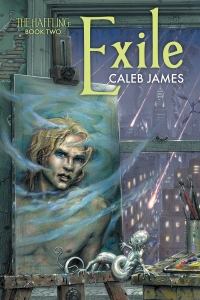 On a distant island, a giant green statue of a woman came to view, her brow encircled with a crown and one hand aloft with a flaming torch. He thought of Queen May and understood her passion for this world. Who wouldn’t want to be here?
On a distant island, a giant green statue of a woman came to view, her brow encircled with a crown and one hand aloft with a flaming torch. He thought of Queen May and understood her passion for this world. Who wouldn’t want to be here? for.”
for.”

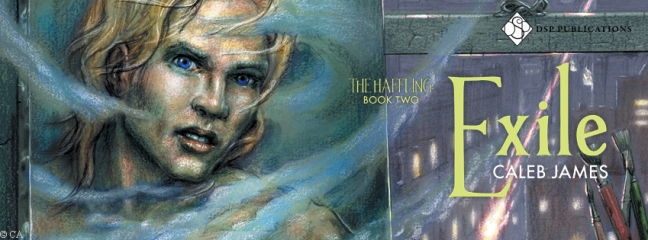
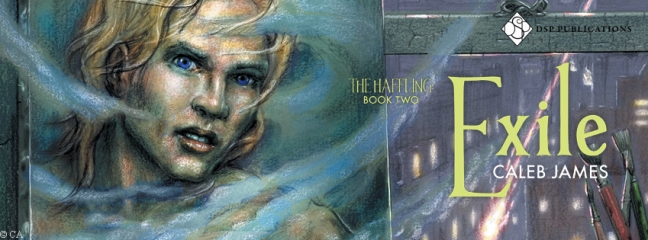 This post is not about sandwich construction, though that’s a good topic. Today’s riff is on what makes a hero heroic. It’s the central theme in book two of my Haffling trilogy, Exile.
This post is not about sandwich construction, though that’s a good topic. Today’s riff is on what makes a hero heroic. It’s the central theme in book two of my Haffling trilogy, Exile.